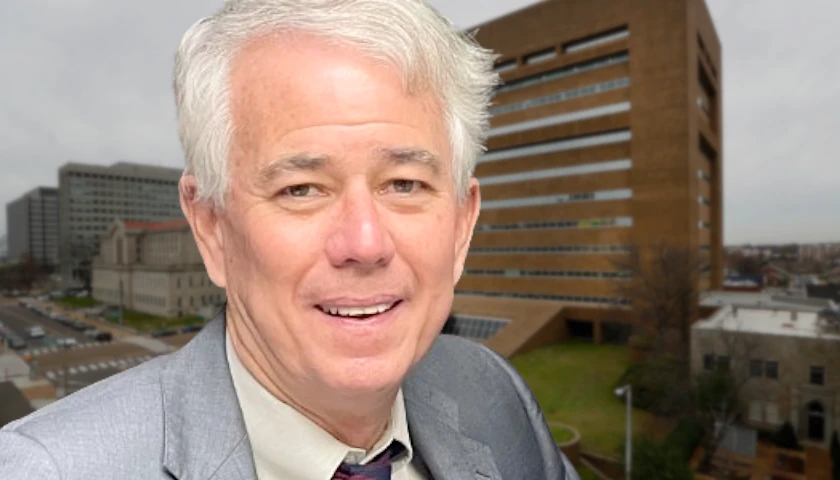“Four cases of mumps have been identified in Shelby County since March 2017, according to the Shelby County Health Department,” WMC Action News reported on Thursday.
“With outbreaks in our neighboring states, it is not unexpected to see cases here in Shelby County,” said Alisa Haushalter, DNP, RN, director of the Shelby County Health Department. “Experiencing mumps in our community serves as another reminder of the importance of everyone knowing their immunization status.”
Mumps is caused by a virus and is transmitted through droplets expelled when people cough or sneeze.
However, you may not become ill until approximately 2-3 weeks (12-25 days) after being exposed to the virus, and at least one in three infected with mumps may have no obvious symptoms.
“A person who has mumps is contagious from two days before to five days after the onset of swelling of the cheek or neck (parotitis),” WMC reported:
The most common symptoms include fever, headache, muscle aches, tiredness, loss of appetite, and swollen and tender salivary glands.
Mumps can be prevented by vaccination. Two doses of vaccine against mumps are required for school attendance, and the measles-mumps-rubella (MMR) vaccine is the best protection against mumps.
However, vaccinated people can still get mumps, especially in situations where there is prolonged close contact with someone who has mumps. Vaccinated people normally have much milder illness than those in an unvaccinated people, but they can still spread the illness to others.
Last year, Shelby County experienced a measles outbreak.
“The Shelby County Health Department has declared the county’s recent measles outbreak to be officially over since no new cases have been confirmed in 42 days, which encompasses two full 21-day incubation periods,” the Memphis Flyer reported last June:
On April 5th, the first measles case in the outbreak was recorded. There were seven confirmed cases during the outbreak period, and 36 people were quarantined and monitored. The health department has reported that 934 people were exposed to the disease during the outbreak — 686 people in non-healthcare environments and 248 in healthcare facilities. A total of 67 public locations were affected.





